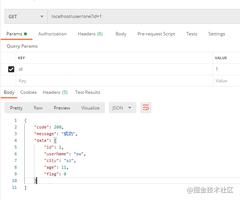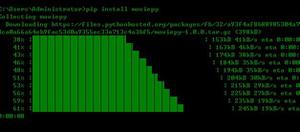在现代Python中声明自定义异常的正确方法?
在现代Python中声明自定义异常类的正确方法是什么?我的主要目标是遵循其他异常类具有的任何标准,以便(例如)我捕获到异常的任何工具都可以打印出我包含在异常中的任何多余字符串。
“现代Python”是指可以在Python 2.5中运行但对于Python 2.6和Python 3. *是“正确”的方式。所谓“自定义”,是指一个Exception对象,该对象可以包含有关错误原因的其他数据:字符串,还可能包括与该异常相关的其他任意对象。
我在Python 2.6.2中被以下弃用警告所绊倒:
>>> class MyError(Exception):... def __init__(self, message):
... self.message = message
...
>>> MyError("foo")
_sandbox.py:3: DeprecationWarning: BaseException.message has been deprecated as of Python 2.6
BaseException对于名为的属性有特殊含义似乎很疯狂message。我从PEP-352收集到,该属性确实在2.5中有特殊含义,因此他们想弃用该名称,所以我想现在禁止使用该名称了(并且一个人)。啊。
我也模糊地意识到它Exception具有一些不可思议的参数args,但我从未知道如何使用它。我也不确定这是前进的正确方法。我在网上发现的很多讨论都表明他们正在尝试消除Python 3中的args。
更新:有两个答案建议覆盖__init__,和__str__/ __unicode__/ __repr__。好像要打很多笔,有必要吗?
回答:
也许我错过了这个问题,但是为什么不呢?
class MyException(Exception): pass
编辑:要覆盖某些内容(或传递额外的args),请执行以下操作:
class ValidationError(Exception): def __init__(self, message, errors):
# Call the base class constructor with the parameters it needs
super(ValidationError, self).__init__(message)
# Now for your custom code...
self.errors = errors
这样,你可以将错误消息的字典传递给第二个参数,并在以后使用 e.errors
Python 3更新:在Python 3+中,你可以使用以下更紧凑的用法super():
class ValidationError(Exception): def __init__(self, message, errors):
# Call the base class constructor with the parameters it needs
super().__init__(message)
# Now for your custom code...
self.errors = errors
以上是 在现代Python中声明自定义异常的正确方法? 的全部内容, 来源链接: utcz.com/qa/406252.html





